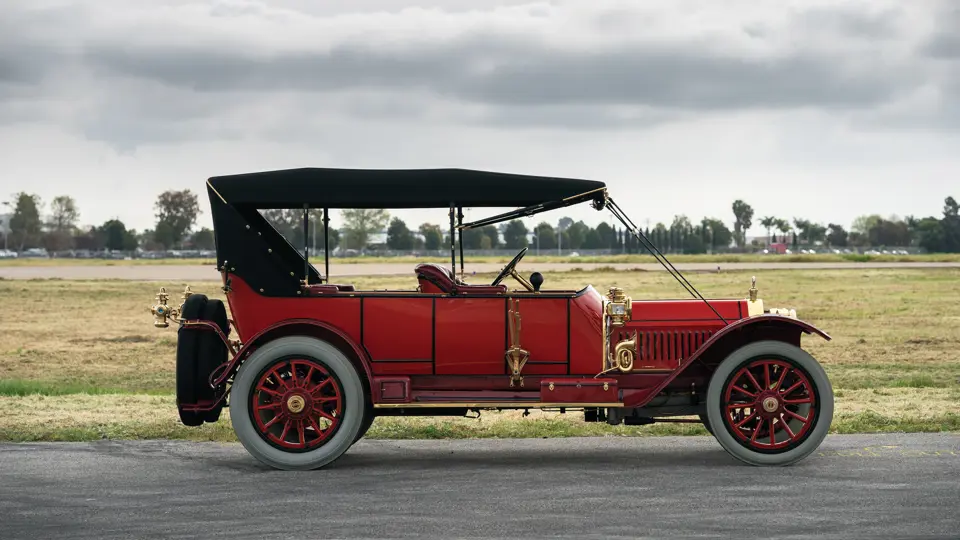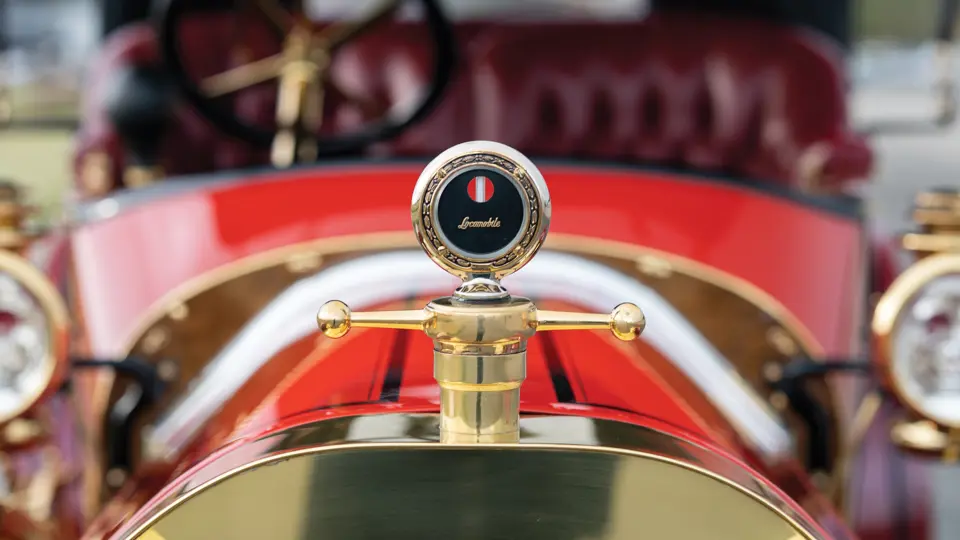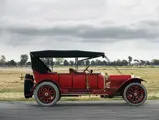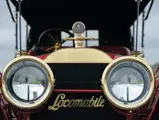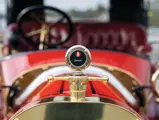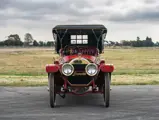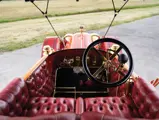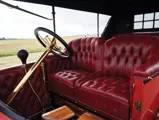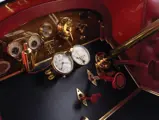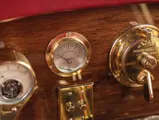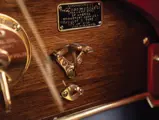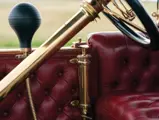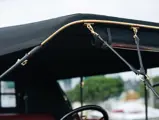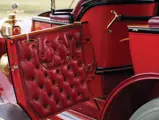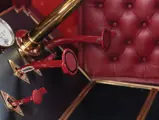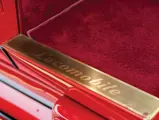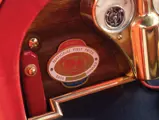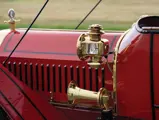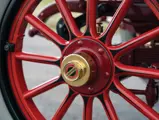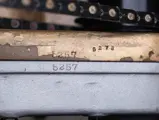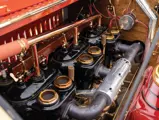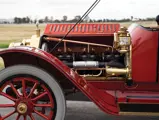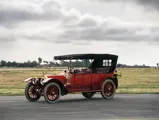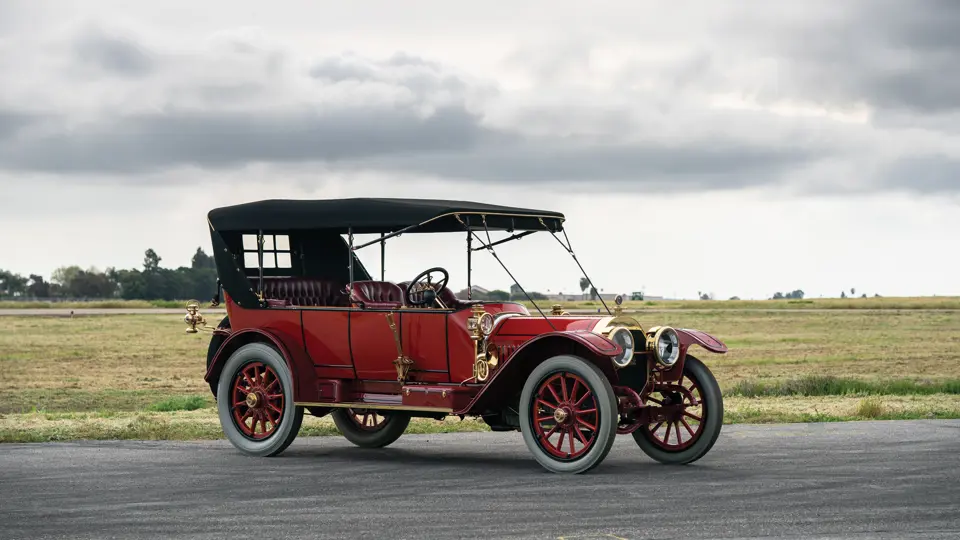
1912 Locomobile Model 48 'M' Five-Passenger Torpedo
{{lr.item.text}}
$247,500 USD | Sold
The Muckel Collection
{{bidding.lot.reserveStatusFormatted}}
- Offered from the Muckel Collection
- Known history since the early 1930s
- Older concours restoration in beautiful condition
- Former winner of the AACA Cup
- Ideal for further shows and Brass tours
- A great example of one of America’s best-engineered Brass cars
The Locomobile Model 48 was one of the few automobiles whose engineering survived virtually unchanged from the Brass through the Nickel and Classic Eras. Originally introduced in 1911 as the Model ‘M,’ it would be produced with relatively few mechanical changes for the next 18 years, through the end of Locomobile production in 1929. During those nearly two decades, it enjoyed a faultless reputation with a certain kind of customer—a very wealthy, conservative American captain of industry, who favored time-tested engineering over the latest complex frivolities. The Model 48 was superbly, carefully built, using only the best materials, including numerous special metals in its T-head six-cylinder engine. Properly maintained, these cars could run for decades in and out of a family’s carriage house.
The early Model ‘M’ offered here has had its history traced back to the late 1930s, when it was discovered at Richard and John Hoyt’s farm and sawmill in Shelburne Falls, Massachusetts, complete less most of the original body and being used as a pickup. Charlie Ker, a milkman from Allenwood, New Jersey, bought it from the Hoyts and, as his wife later recounted, spent months cleaning it up, after which he used the car to attend one of the first post-war Glidden Tours. Eventually it was, somewhat amazingly, retired to the back of the Ker family room in Allenwood, where it eventually became “walled in” by the couple’s antiques collection.
There the Locomobile remained until 1995, when it was purchased as a “family-room find” by Chris Figge of Westerville, Ohio. Mr. Figge worked alongside Tim Ohlendorf of Ohlendorf Restorations to complete a beautiful restoration.
Remarkably, the chassis was incredibly intact, and many of the original components, down to the grease cups, were saved and reused. The body was precisely re-created, using exact measurements taken from the panels and hardware of a surviving original 1911 body, and was fitted with many of the accessories shown in factory literature of the year, including Klaxon horn, tire covers, clock, Jones speedometer, Prest-O-Lite tank, brass foot rails, an extra taillamp, and Hartford shock absorbers. All brass was restored by the noted Rick Britten. Even the carpet mats and tire covers are both correct to those shown in factory literature, indicative of the level of detail. Upholstery was completed by Ernie Schwartz. The only deviations from “stock” were the fitment of a very discreet starter, for ease of operation, and an upgrade to later cast-iron Locomobile brake drums, converted to hydraulic operation for safety.
Testament to the quality of the work, the Locomobile received one of the AACA’s most prestigious honors, the AACA Cup, for the Central Division in 2006. It was also the subject of feature articles in Antique Automobile magazine (March/April 2007) and in the Horseless Carriage Gazette (May/June 2008). Mr. Muckel subsequently exhibited it at the 2009 Pebble Beach Concours d’Elegance. Today it is complete with a detailed history and restoration file, as well as an original manual.
One of but eleven extant 1911 and 1912 48-horsepower Locomobiles, and the only known 1912 Five-Passenger Torpedo, this handsome machine, still in beautifully detailed overall condition, is in the first rank of Brass Era touring cars.




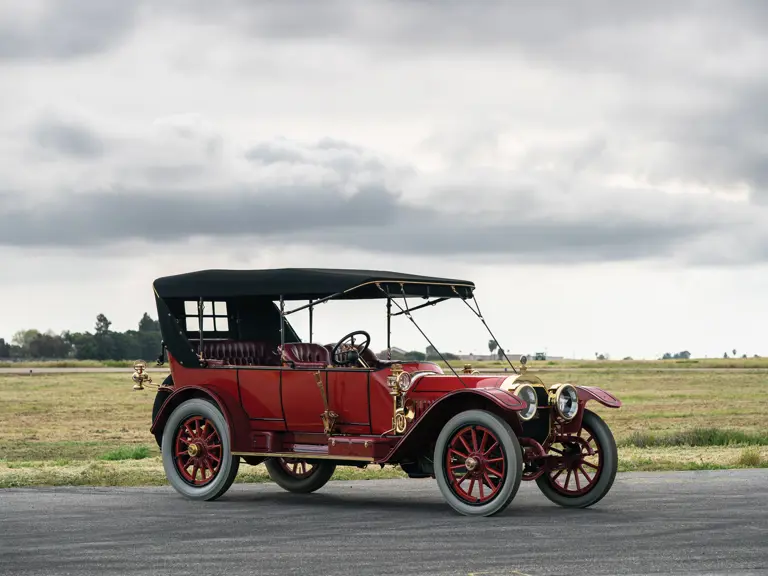
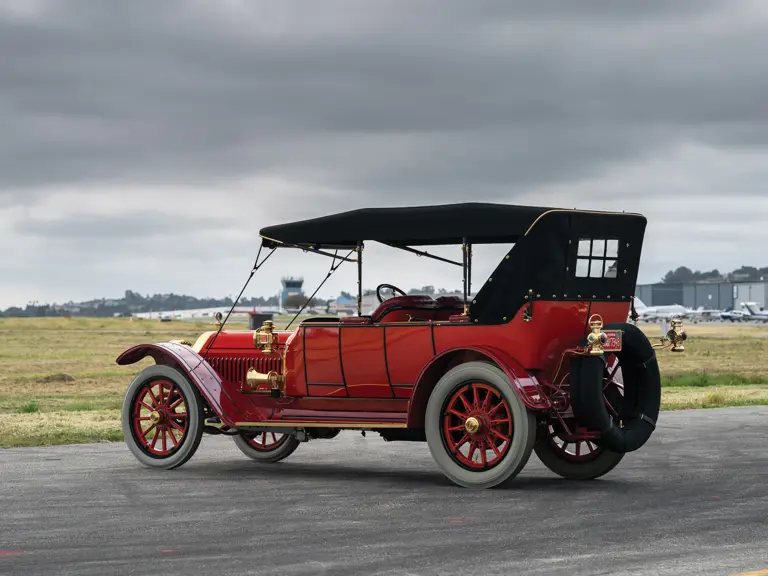
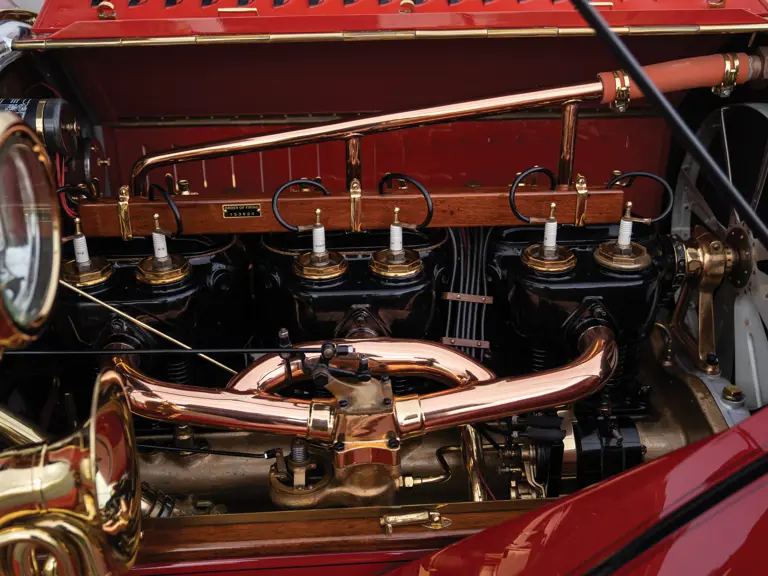
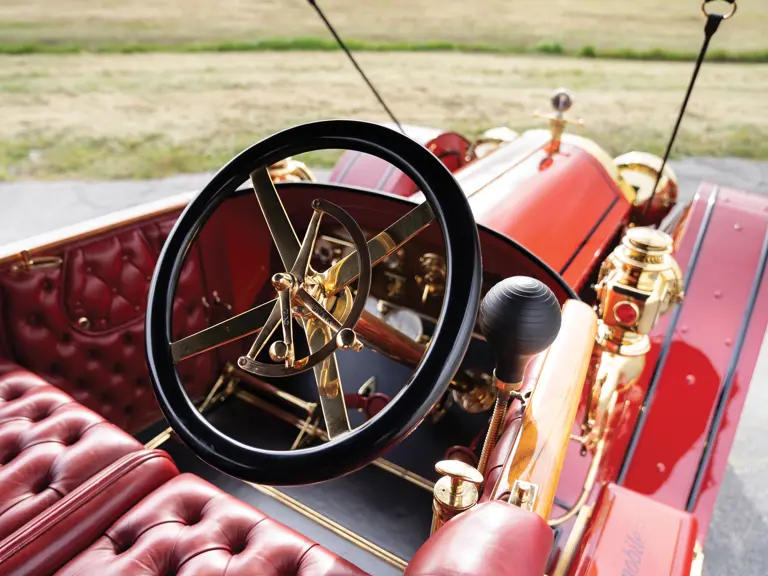

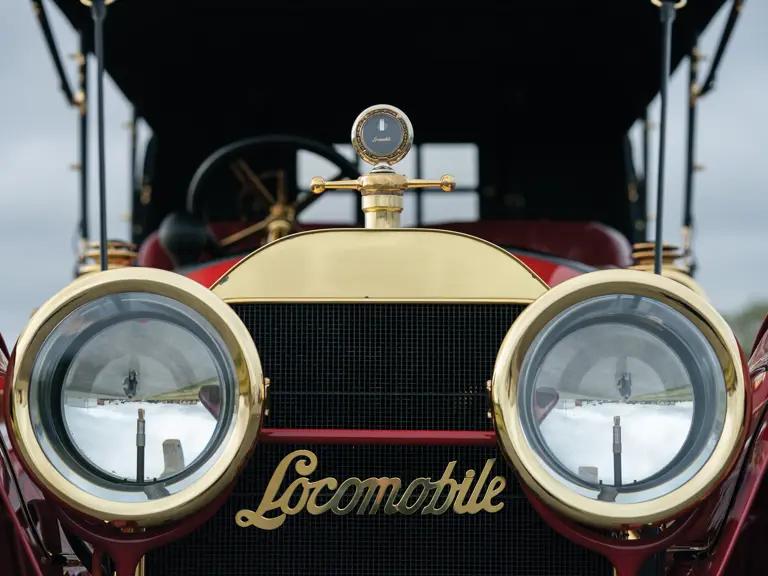
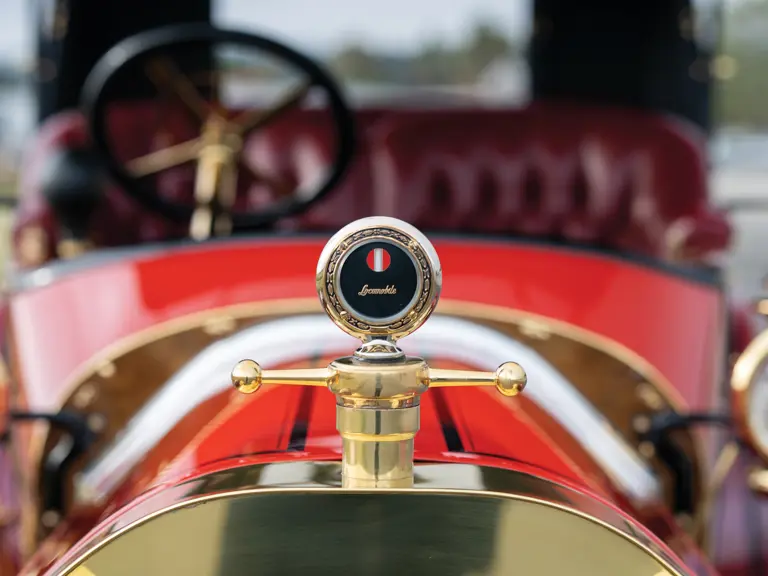
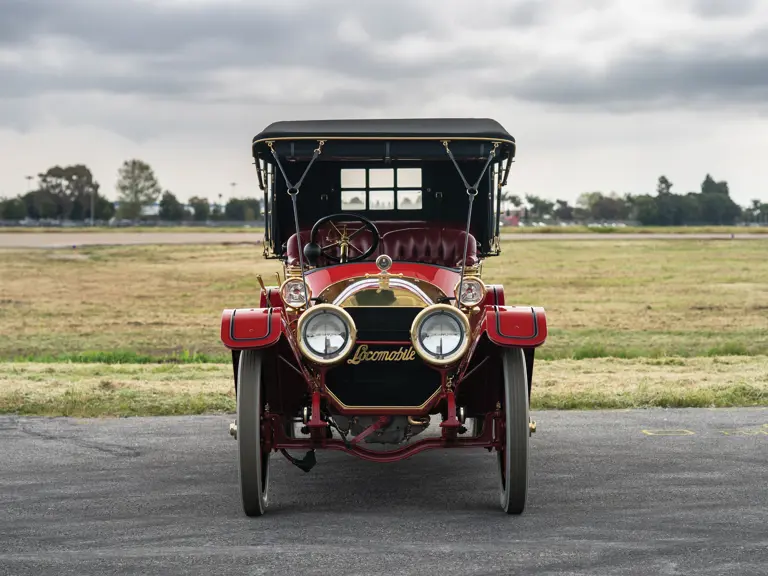
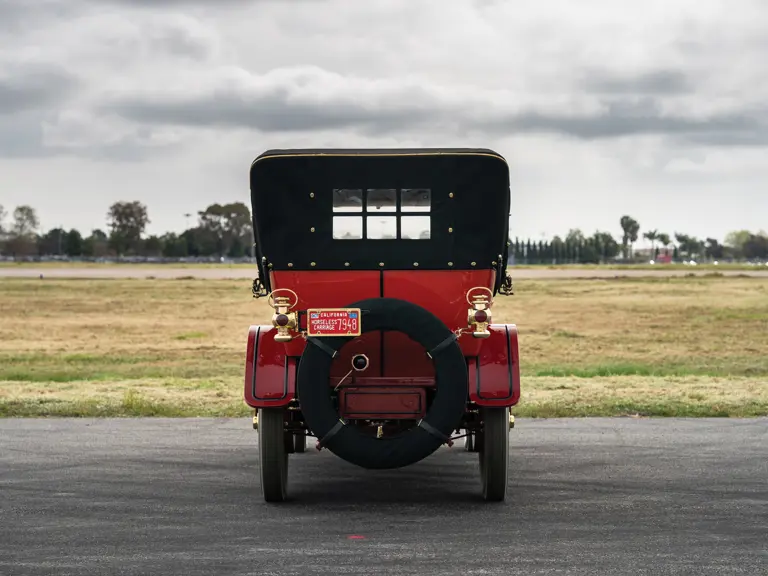
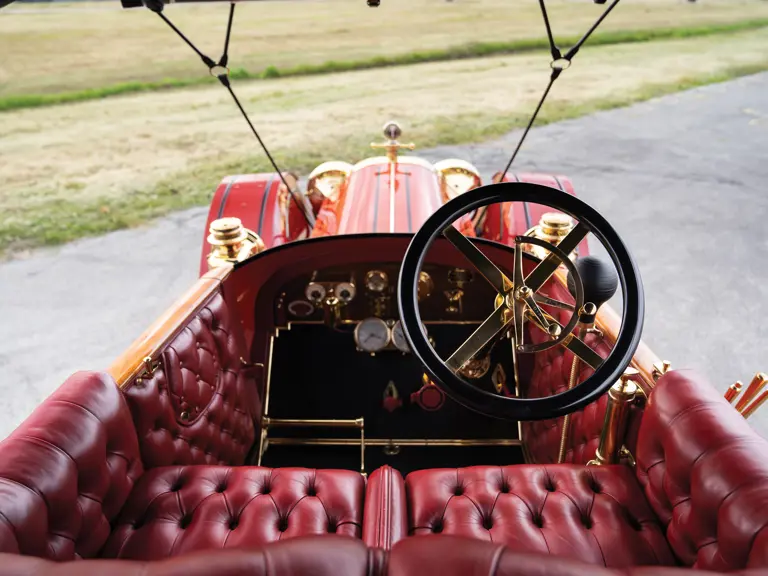
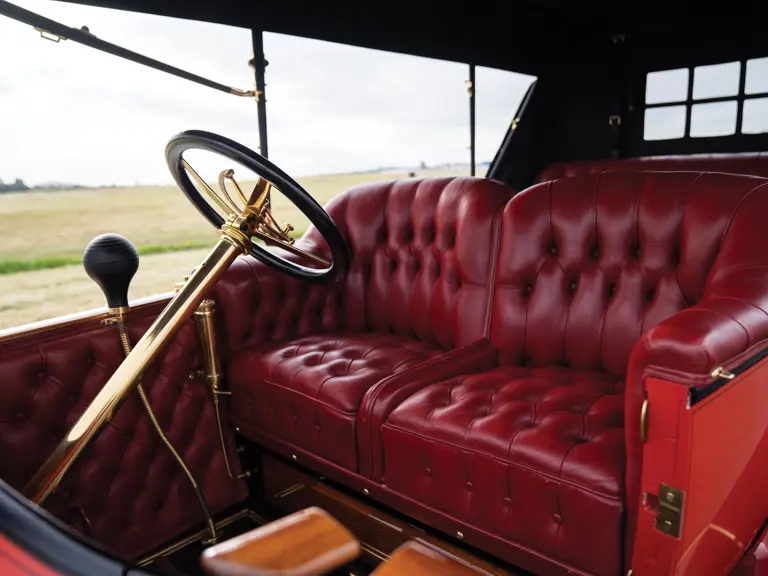
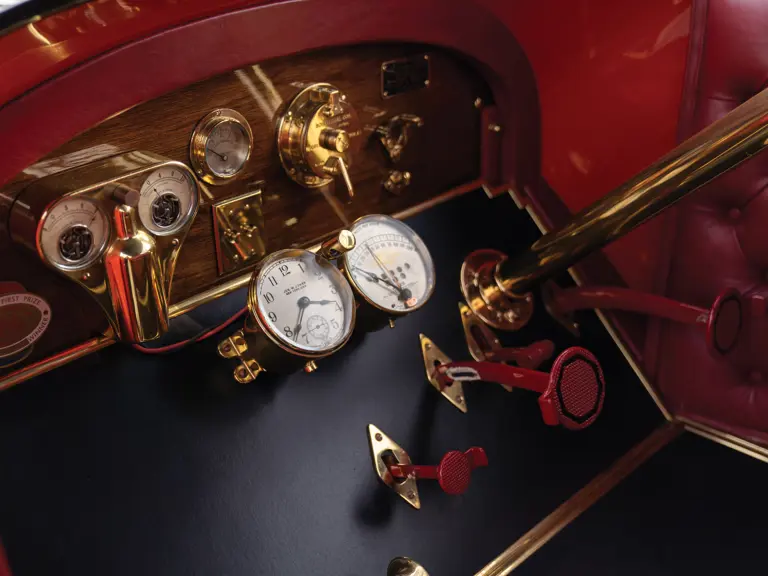


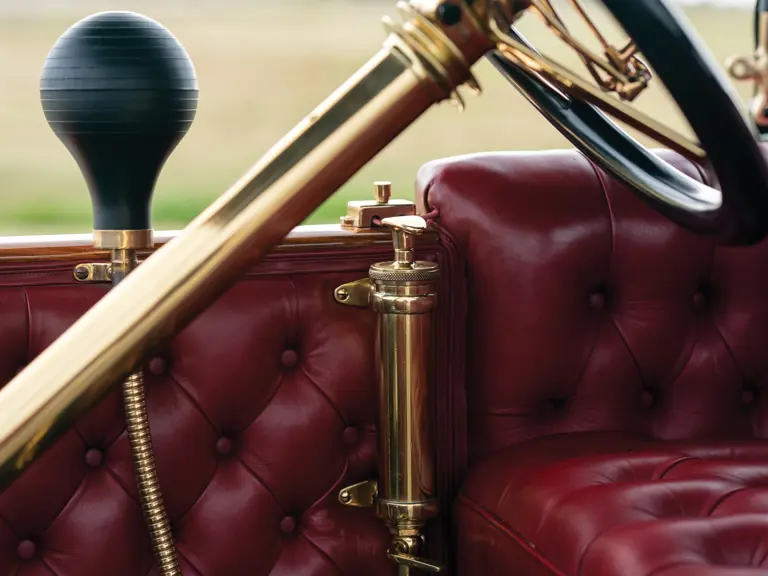
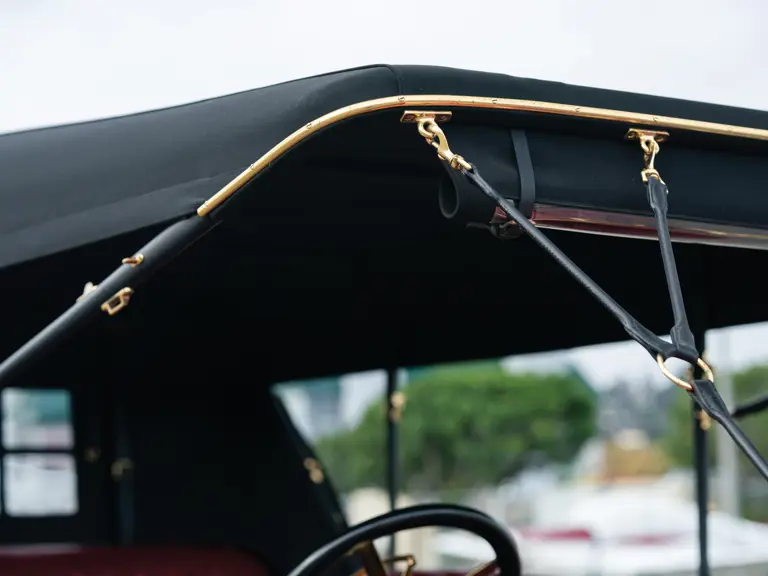
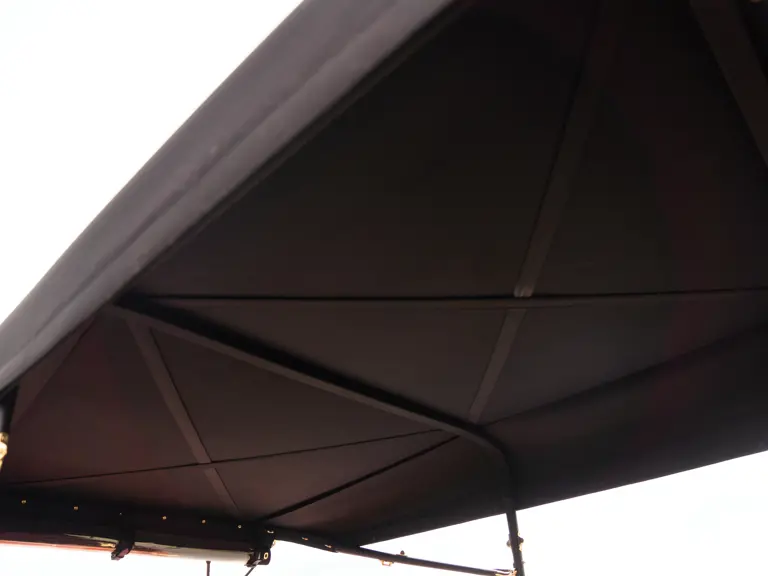
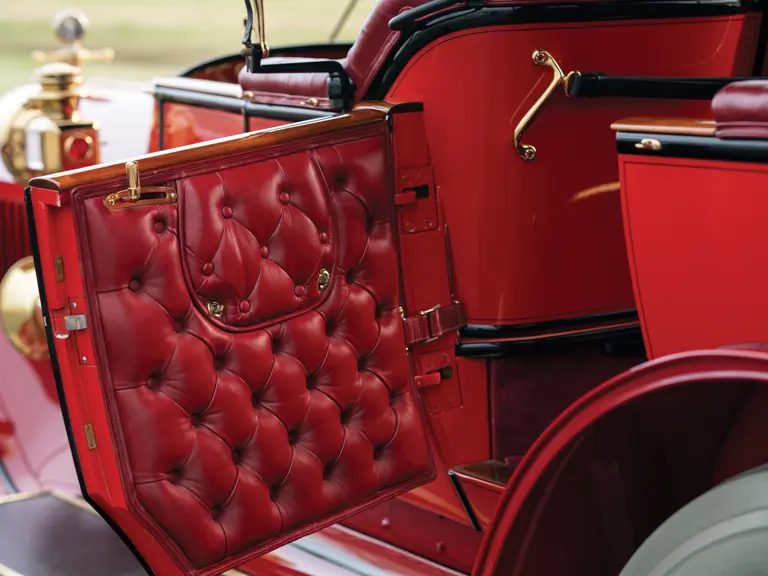
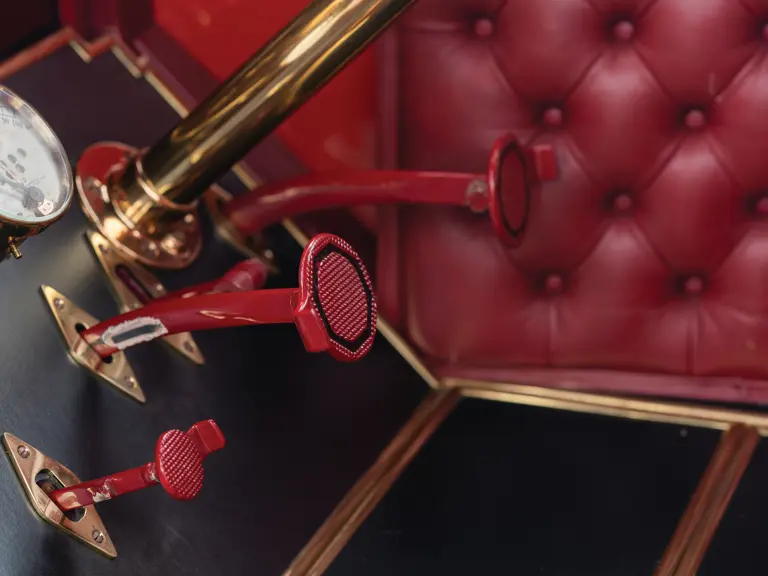
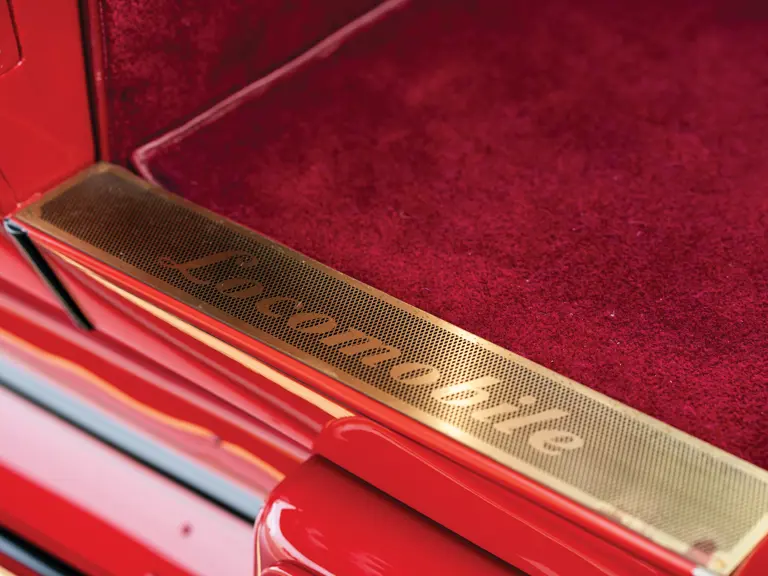
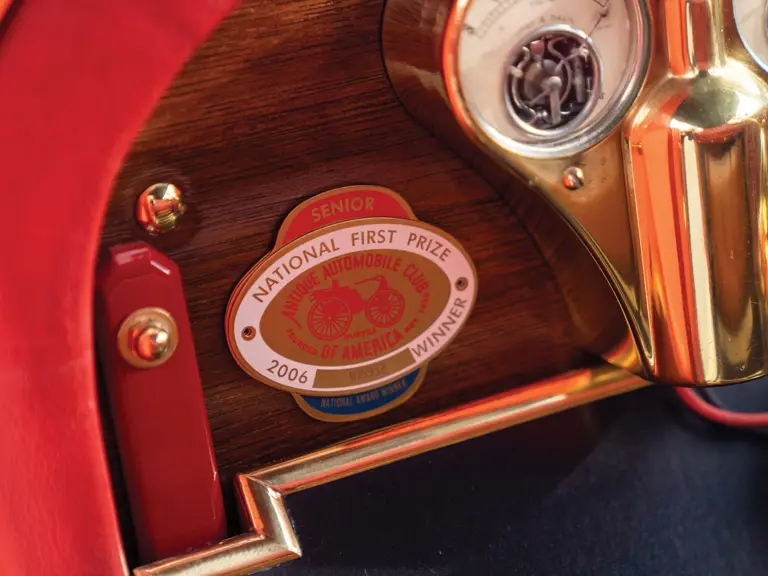

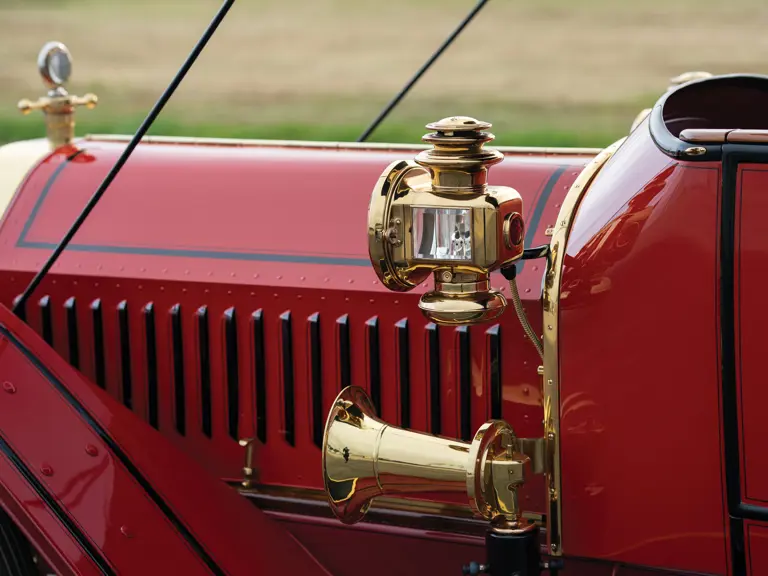



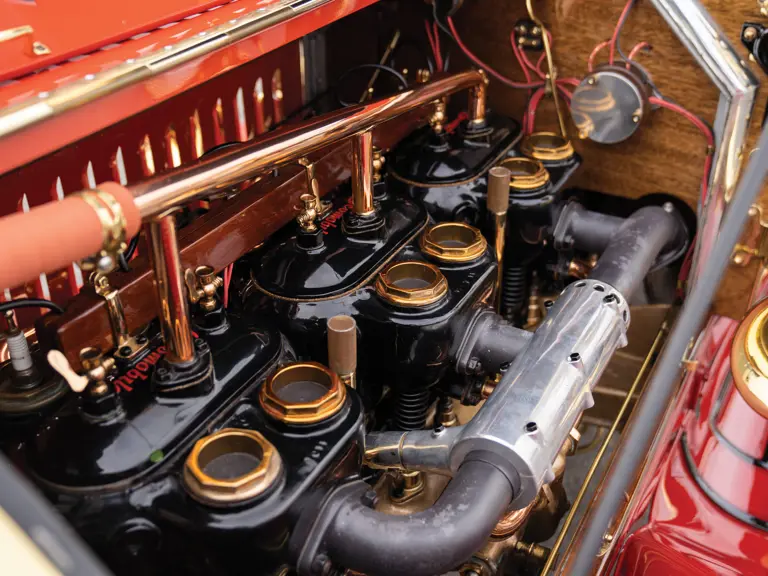
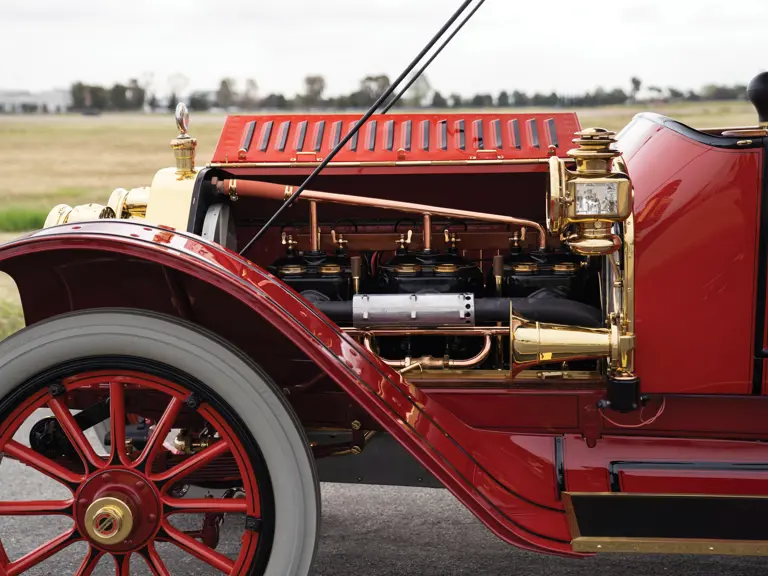
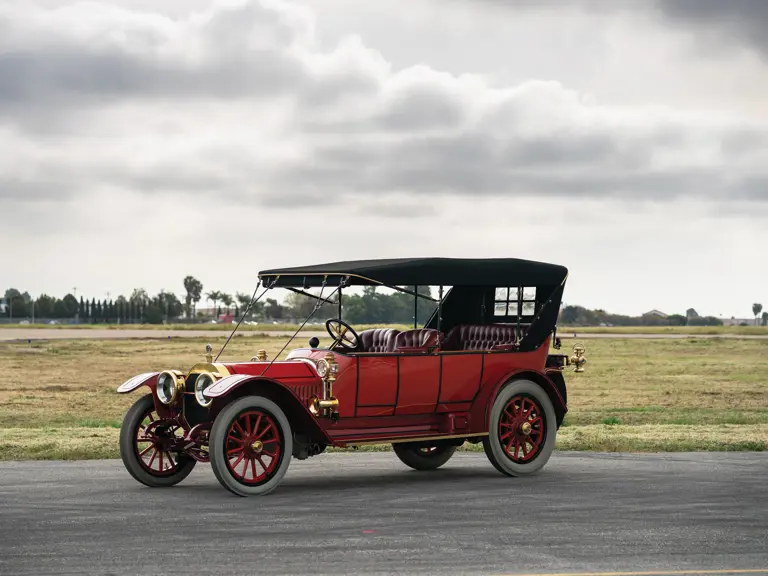
 | Hershey, Pennsylvania
| Hershey, Pennsylvania
